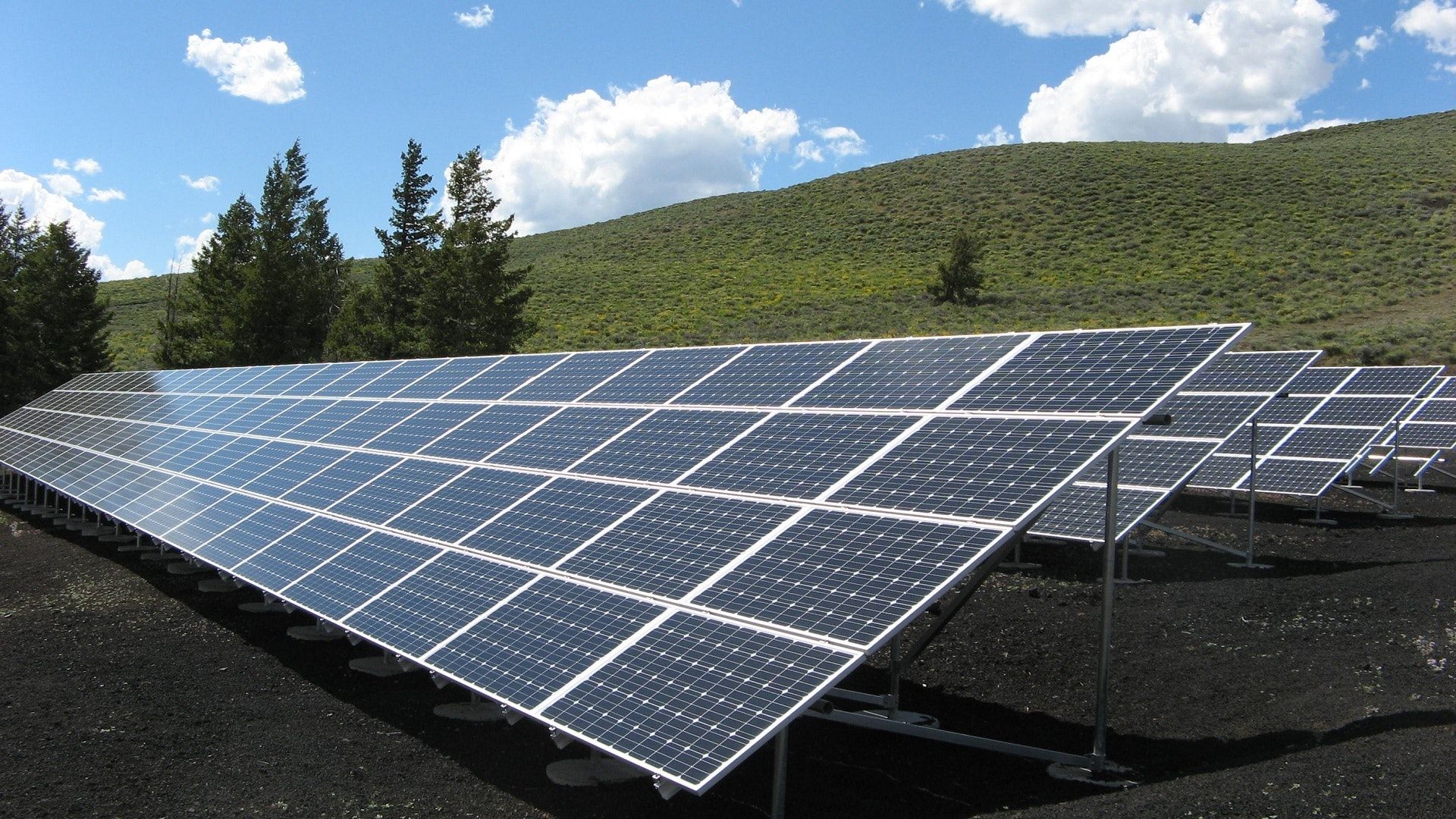U.S. solar manufacturing sees historic investment
Following the passage of the Inflation Reduction Act in 2022, the U.S. solar industry has attracted major investments. The legislation offered tax credits designed to encourage clean energy development, leading to a wave of new solar manufacturing plants. Industry figures estimate that once completed, these facilities could generate around 60,000 manufacturing jobs.
Proposed policy changes raise industry concerns
Some members of Congress are now advocating for the reduction or removal of specific clean energy tax incentives. A particular focus is on the elimination of benefits that favor the purchase of U.S.-made solar products. Industry analysts warn that this could reduce the competitiveness of domestic manufacturers, especially against lower-cost imports.
Uncertainty complicates business decisions
Industry leaders have voiced concerns about the potential impact of sudden policy changes. Without tax incentives, many developers may shift to using less expensive imported solar panels and components, potentially slowing the momentum of U.S.-based manufacturing projects.
Broader economic and energy implications
Reducing incentives may also affect electricity costs for consumers. A decline in solar development could increase reliance on natural gas and other conventional sources. Experts note that renewable energy is critical to meeting rising electricity demand, particularly from data centers and industrial facilities.
Industry pushes for gradual transition
Industry representatives urge lawmakers to implement any changes gradually, allowing businesses to adapt without significant disruption. As legislative negotiations continue, stakeholders are working to ensure long-term stability and competitiveness for the U.S. solar sector.







